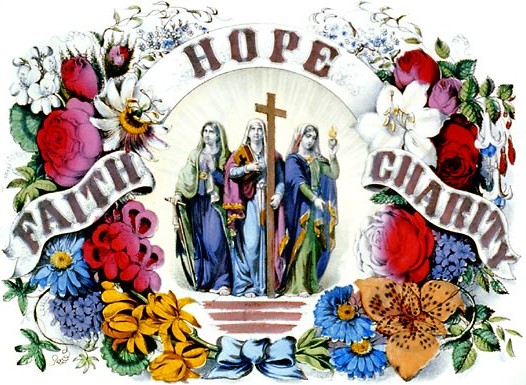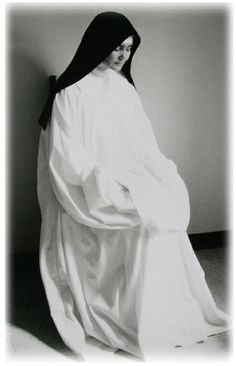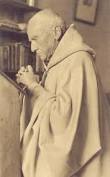A face of sorrow
25. In contemplating Christ’s face, we confront the most paradoxical aspect of his mystery, as it emerges in his last hour, on the Cross. The mystery within the mystery, before which we cannot but prostrate ourselves in adoration.
The intensity of the episode of the agony in the Garden of Olives passes before our eyes. Oppressed by foreknowledge of the trials that await him, and alone before the Father, Jesus cries out to him in his habitual and affectionate expression of trust: “Abba, Father”. He asks him to take away, if possible, the cup of suffering (cf. Mk 14:36). But the Father seems not to want to heed the Son’s cry. In order to bring man back to the Father’s face, Jesus not only had to take on the face of man, but he had to burden himself with the “face” of sin. “For our sake he made him to be sin who knew no sin, so that in him we might become the righteousness of God” (2 Cor 5:21).
We shall never exhaust the depths of this mystery. All the harshness of the paradox can be heard in Jesus’ seemingly desperate cry of pain on the Cross: ” ‘Eloi, Eloi, lama sabachthani?’ which means, ‘My God, my God, why have you forsaken me?’ ” (Mk 15:34). Is it possible to imagine a greater agony, a more impenetrable darkness? In reality, the anguished “why” addressed to the Father in the opening words of the Twenty-second Psalm expresses all the realism of unspeakable pain; but it is also illumined by the meaning of that entire prayer, in which the Psalmist brings together suffering and trust, in a moving blend of emotions. In fact the Psalm continues: “In you our fathers put their trust; they trusted and you set them free … Do not leave me alone in my distress, come close, there is none else to help” (Ps 22:5,12).
26. Jesus’ cry on the Cross, dear Brothers and Sisters, is not the cry of anguish of a man without hope, but the prayer of the Son who offers his life to the Father in love, for the salvation of all. At the very moment when he identifies with our sin, “abandoned” by the Father, he “abandons” himself into the hands of the Father. His eyes remain fixed on the Father. Precisely because of the knowledge and experience of the Father which he alone has, even at this moment of darkness he sees clearly the gravity of sin and suffers because of it. He alone, who sees the Father and rejoices fully in him, can understand completely what it means to resist the Father’s love by sin. More than an experience of physical pain, his Passion is an agonizing suffering of the soul. Theological tradition has not failed to ask how Jesus could possibly experience at one and the same time his profound unity with the Father, by its very nature a source of joy and happiness, and an agony that goes all the way to his final cry of abandonment. The simultaneous presence of these two seemingly irreconcilable aspects is rooted in the fathomless depths of the hypostatic union.
27. Faced with this mystery, we are greatly helped not only by theological investigation but also by that great heritage which is the “lived theology” of the saints. The saints offer us precious insights which enable us to understand more easily the intuition of faith, thanks to the special enlightenment which some of them have received from the Holy Spirit, or even through their personal experience of those terrible states of trial which the mystical tradition describes as the “dark night”. Not infrequently the saints have undergone something akin to Jesus’ experience on the Cross in the paradoxical blending of bliss and pain. In the Dialogue of Divine Providence, God the Father shows Catherine of Siena how joy and suffering can be present together in holy souls: “Thus the soul is blissful and afflicted: afflicted on account of the sins of its neighbour, blissful on account of the union and the affection of charity which it has inwardly received. These souls imitate the spotless Lamb, my Only-begotten Son, who on the Cross was both blissful and afflicted”.13 In the same way, Thérèse of Lisieux lived her agony in communion with the agony of Jesus, “experiencing” in herself the very paradox of Jesus’s own bliss and anguish: “In the Garden of Olives our Lord was blessed with all the joys of the Trinity, yet his dying was no less harsh. It is a mystery, but I assure you that, on the basis of what I myself am feeling, I can understand something of it”.14 What an illuminating testimony! Moreover, the accounts given by the Evangelists themselves provide a basis for this intuition on the part of the Church of Christ’s consciousness when they record that, even in the depths of his pain, he died imploring forgiveness for his executioners (cf. Lk 23:34) and expressing to the Father his ultimate filial abandonment: “Father, into your hands I commend my spirit” (Lk 23:46).




Recent Comments